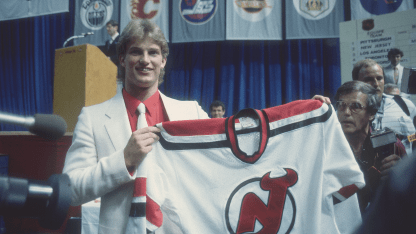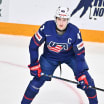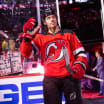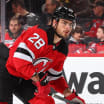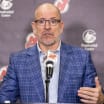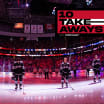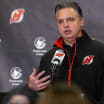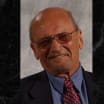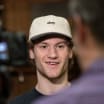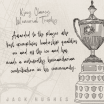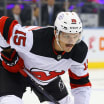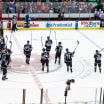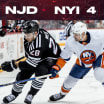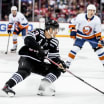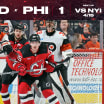The first draft was held in a conference room at the Queen Elizabeth Hotel in Montreal in June 1963. Players eligible to be selected weren't even present, only league and team officials. All players picked were notified which team claimed them after the draft was completed.
Prior to the introduction of the draft, NHL teams - of which there were still only six - sponsored junior teams and would recruit talented prospects to sign with those teams and therefore hold their rights. The draft was for any player under the age of 20 not already signed to a junior team, which meant there were only four rounds and several instances where teams passed on a pick and didn't select anyone.
Soon after the league expanded and doubled in size to 12 teams, competition for prospects got a little more intense and the NHL prohibited its member clubs from sponsoring junior teams. In 1969, the draft expanded to 10 rounds.
The '70s added some more interest to the draft with even more expansion teams, as well as competition from the World Hockey Association. In the late '70s, prospects started attending the draft, but only those expected to go in the first round and only those whose agent could afford to send them. Even legendary Devils defenseman Ken Daneyko, who was selected 18th overall in 1982 and went on to win three Stanley Cups with the Devils, wasn't at the draft because he wasn't expected to go that high.
For the first 18 years, the draft was held at a hotel or the league offices in Montreal before it was opened to the public and moved to the Montreal Forum in 1980. That's also when the NHL defined clear rules and regulations regarding the draft - specifically, who was eligible to be drafted and how many selections teams were allowed to make. The league originally settled on 12 rounds before reducing it to 11 in 1992 and then nine in 1995, and it has been seven rounds since 2005.
In 1984, the NHL draft was televised across Canada for the first time. As it grew into a featured event, the NHL decided to make it a traveling event as well, with different teams hosting the draft each year. Toronto was the first host city outside of Montreal in 1985. The draft was held in the United States for the first time when the Joe Louis Arena hosted it in 1987, and it was televised in the U.S. for the first time in 1989 with Minnesota hosting.
Since then it has grown in significance not only for the teams and the players, but for the media and fans as well. There's more than a bit of pageantry and showmanship involved, not to mention all the trades that traditionally happen just before or during the draft. It has become must-see TV for hockey fans around the world.
On Friday night, one young man will hear his name announced as the first-overall selection in the 2017 NHL Draft. He'll walk up to the stage in front of a packed house at United Center, be presented with his brand new Devils Adidas jersey, pose for pictures and then be whisked away for interview after interview for various media outlets and a couple photo shoots before being able to celebrate with his family hours later.
Times certainly have changed.
